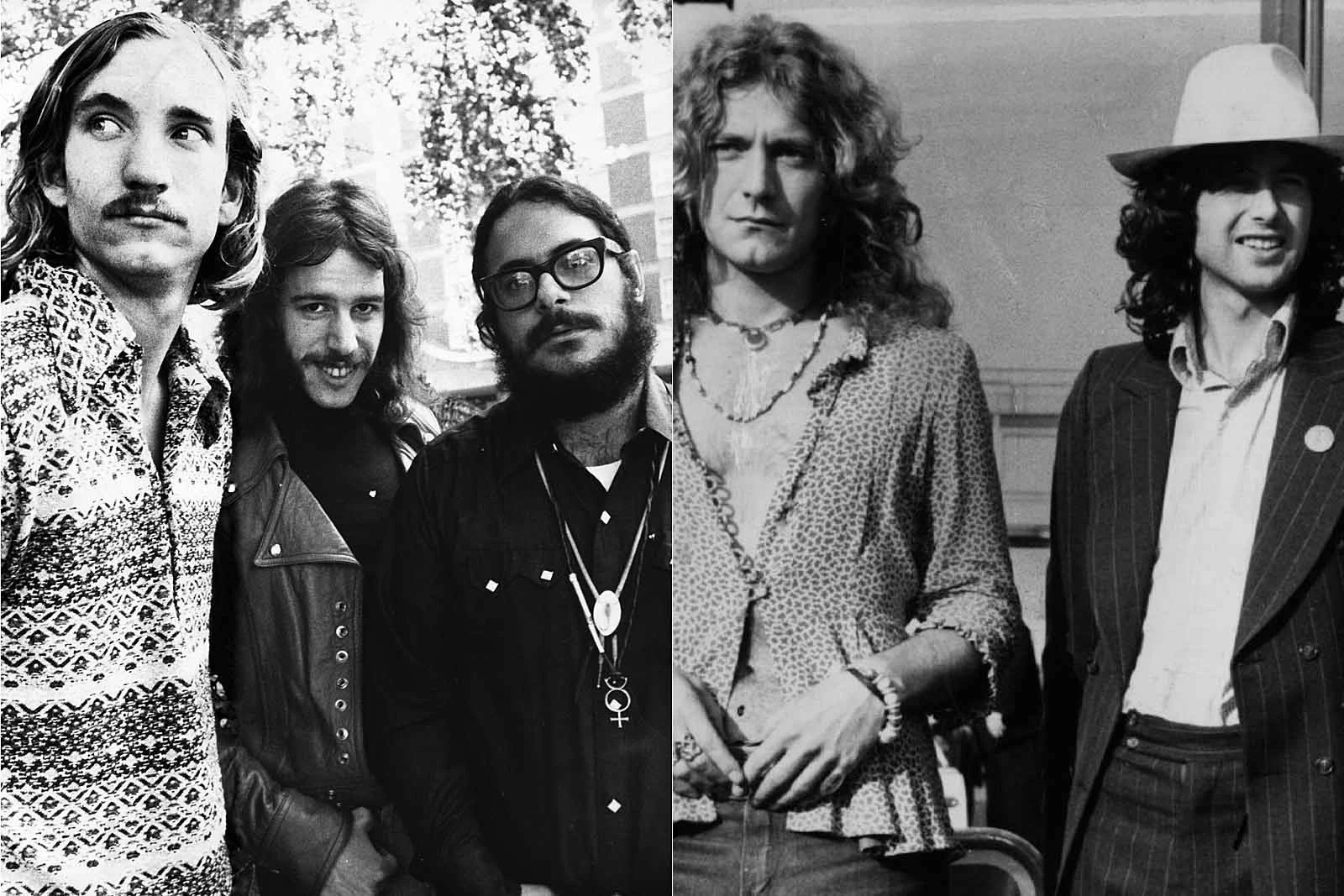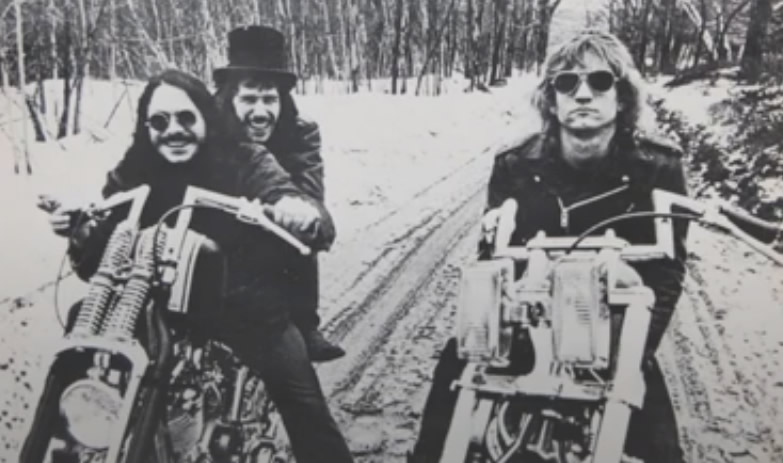
Walsh wrote both of these hit songs, but after the release of Thirds, it felt his dedication to the band was beginning to wane. The album, once again hit Billboard at number 27 while the instantly recognizable single "Walk Away," stopped at number 51.

In 1971, the James Gang kept their songwriting energy vibrant with the release of Thirds. Another single, "Tend My Garden," remains a classic rock radio staple today and with the current trio line-up, the James Gang had the world at its feet. It was clear to critics that it was Walsh who made the James Gang's definitive new sound, and it was his songwriting that allowed the band to balance the hard with the soft. The riff-heavy track "Funk 49," a sort of follow up to Yer Album 's "Funk Number 48," hit number 40 on Billboard and today has one of the most memorable classic rock riffs. With the addition of keyboards, the band's hard boogie and groove found new heights on Rides Again 's collection of hard rockers and sensitive ballads. The line up of Walsh, Fox, and Peters proved to be a hit success as the album went gold, peaking at number 20 on Billboard. Kriss had departed the group and was now replaced by Dale Peters. The band hit its stride two years later with James Gang Rides Again. The following year, the James Gang opened for Led Zeppelin on the legendary group's first visit to Cleveland. He was so impressed by Joe Walsh's songwriting, he asked the James Gang to go on tour with his band in Europe. The record earned a dedicated following by musicians including Pete Townshend, legendary guitarist for British rock band The Who. Produced by Bill Szymczyk (who went on to produce some of the Eagles biggest records), the album, which contained mostly originals with a few covers (Buffalo Springfield, the Yardbirds), hit number 83 on the Billboard charts and although it didn't contain any huge hit singles, it was clear that the band had potential to be big. The newly revamped James Gang signed a record deal with ABC/Dunhill Records in 1969 and released their debut, Yer Album, later that year. It was then that the true James Gang was formed. According to Fox, not a day after he quit, fellow Kent State University student and guitarist Joe Walsh knocked on his door to see if he could join the band. Just as Fox got his new trio all set, a few months in, Schwartz decided to leave to join the band Pacific Gas and Electric. Fox later dwindled the band down to a three piece that included himself, new guitarist Glenn Schwartz and Kriss. Fox was left to play with bassist Tom Kriss, keyboardist Phil Giallombardo, and a new member, guitarist Bill Jeric. Not long after the band got their name and began to play shows however, Silverman was drafted into the army. Silverman named the band after the famous Jesse James outlaw gang. Growing up in the suburbs of Cleveland, Ohio, drummer Jim Fox and his friend, guitarist Ron Silverman, began to play music together around 1966 under the name James Gang.

It's most famous member, Joe Walsh, left the band early on to join the Eagles and his replacement, Tommy Bolin, later quit to join Deep Purple, never giving the band a proper fighting chance at becoming superstars. Though the band never reached the same height of fame as other power trios like Rush or Cream, the James Gang became an influential source for decades after the band's demise in 1976.

Combining catchy boogie guitar riffs, funky time changes and a heavy rock rhythm, the James Gang were one of America's first bands to be called hard rock in the early 1970s. Though the band's line-up changed numerous times during a seven-year existence, rock historians and fans cite the line up of Joe Walsh, Jim Fox, and Dale Peters as the James Gang's definitive line up. The James Gang is one of classic rock's earliest power trios.


 0 kommentar(er)
0 kommentar(er)
